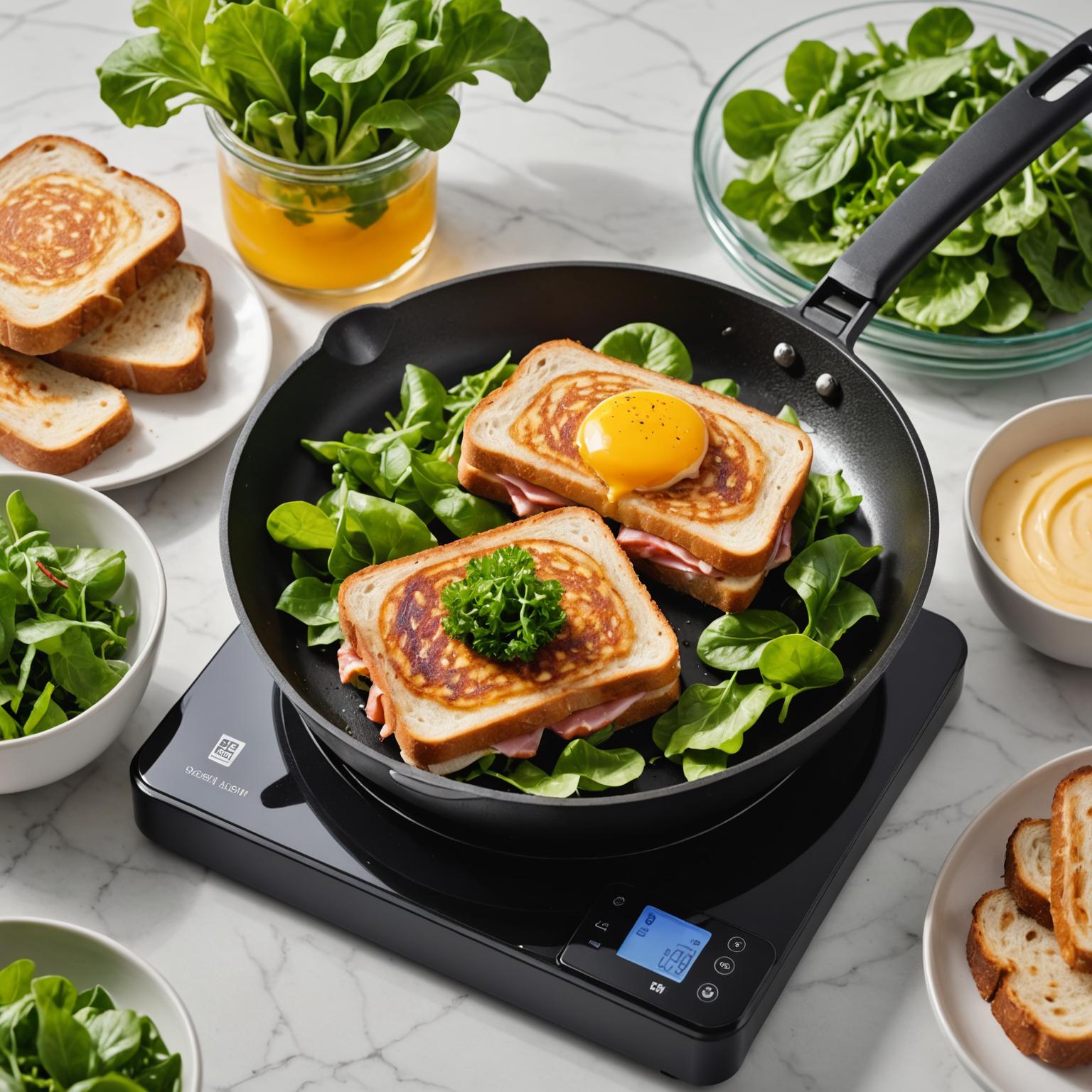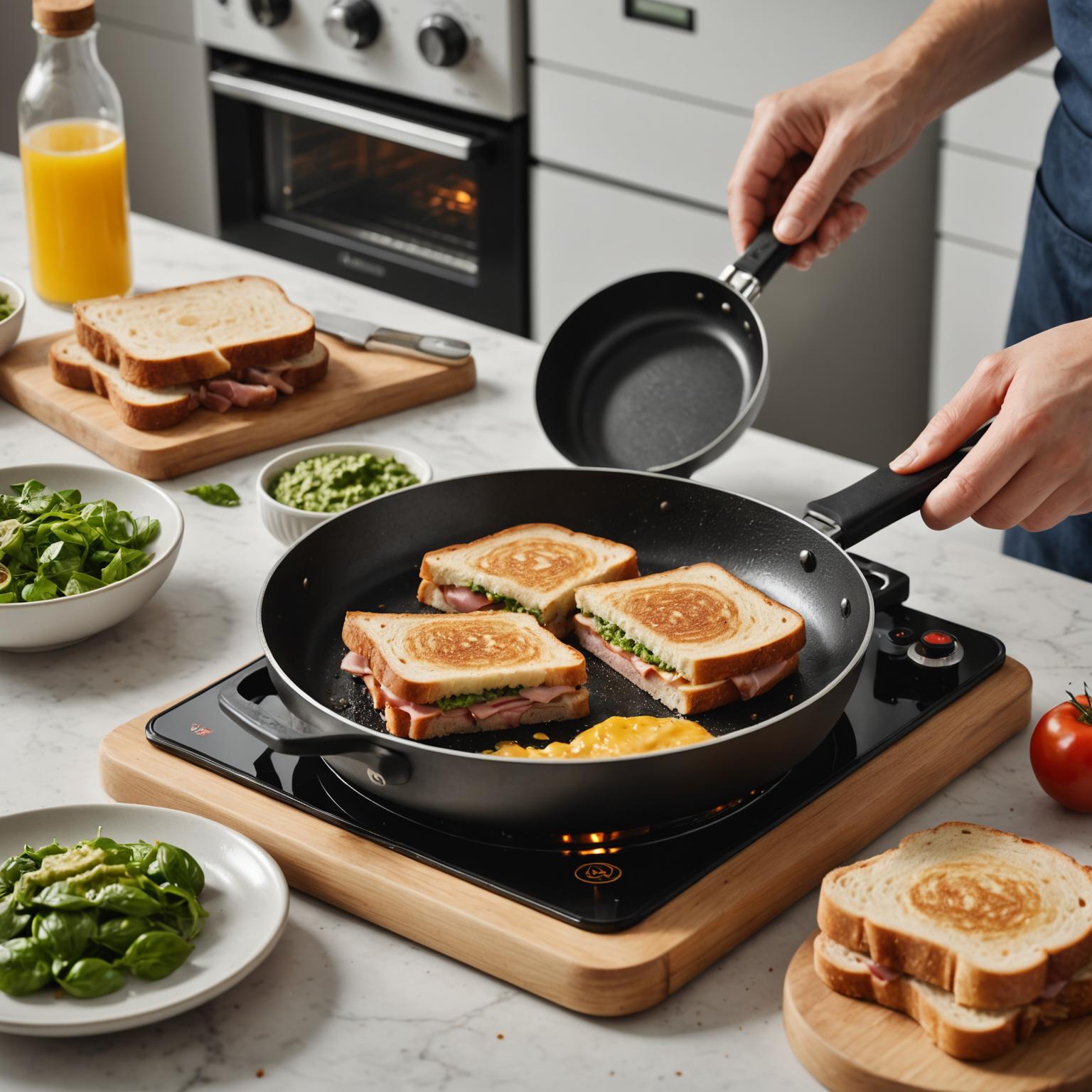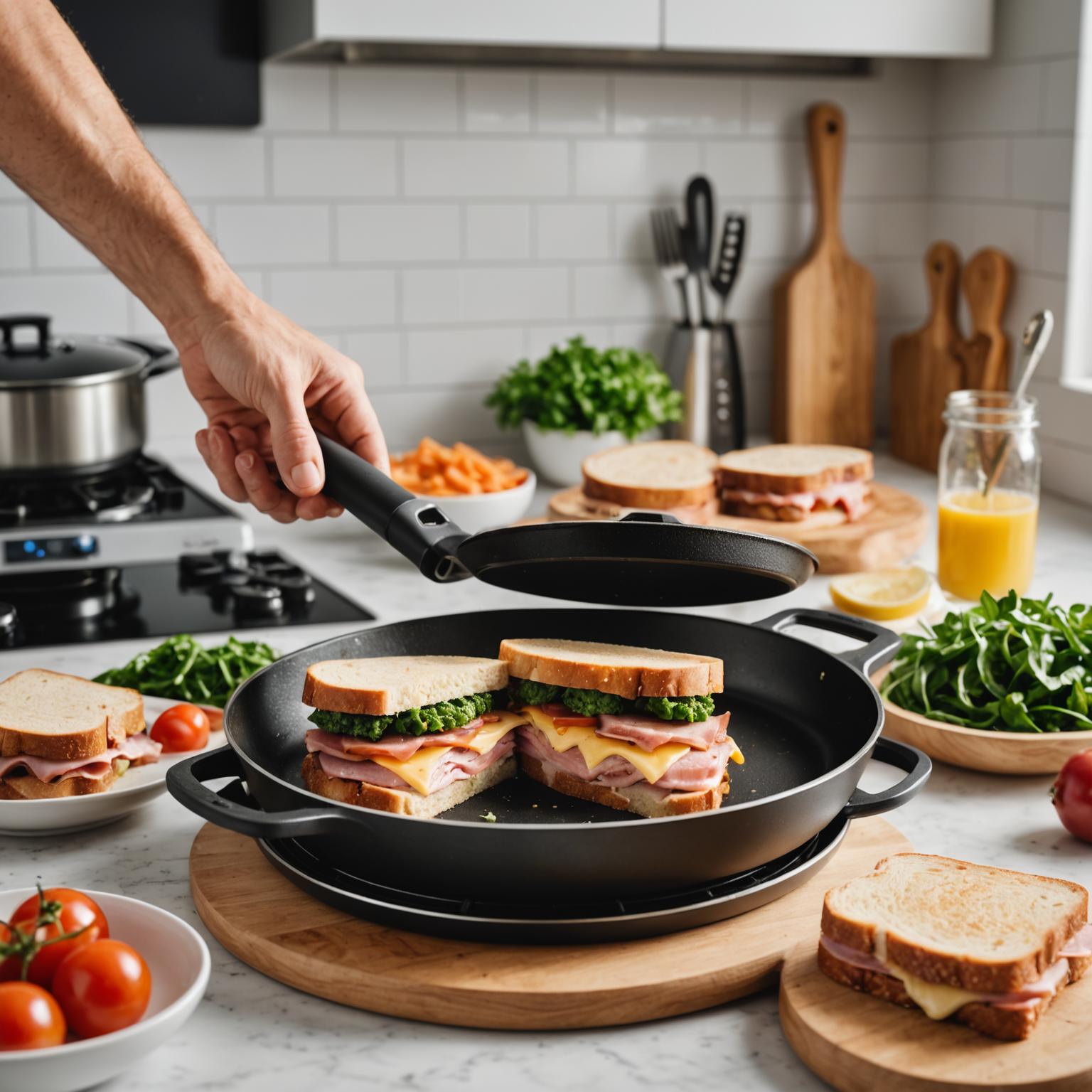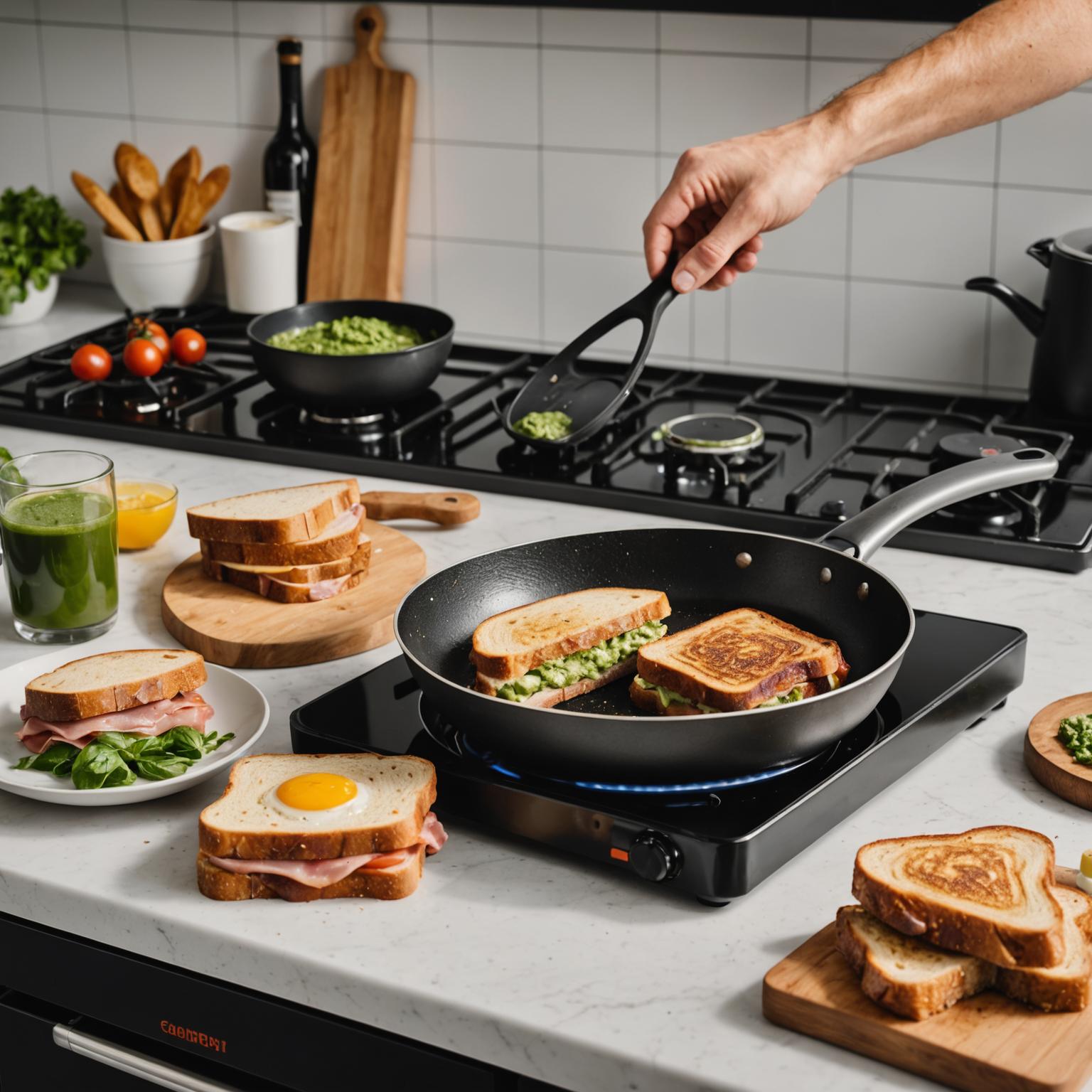The heart of any modern kitchen is the stove, and the moment it stops working, the entire flow of the household can be disrupted. More often than not, the issue lies with a faulty Electric ceramic stove element, a critical component that delivers the heat needed for cooking. Understanding how these elements work, what can go wrong, and what your options are for repair or upgrade is essential for any home chef. Whether you're dealing with a burner that won't heat up or are simply curious about the technology beneath your cooktop, knowing the basics can save you time, money, and frustration.
Understanding Different Stove Heating Element Types
When you begin to explore the world of cooktops, you'll quickly discover there are several different Stove heating element types. The most traditional are the exposed coil elements, which are durable but can be difficult to clean. A significant step up from those are the glass-ceramic cooktops, which house the heating elements beneath a smooth, easy-to-clean surface. These can use either radiant ribbon elements or halogen bulbs to generate heat. The latest innovation is induction cooking, which uses magnetic fields to heat the cookware directly, offering unparalleled speed and efficiency. Each of these systems has its own set of parts and repair considerations, with the Electric stove heating element being a common point of failure across radiant and coil types.
A Closer Look at Ceramic Burner Specifications
For homes equipped with a smooth-top stove, the Ceramic burner specifications dictate its performance. Underneath the sleek glass surface, a metallic ribbon or coil heats up to a glowing red, transferring radiant heat through the ceramic to the pot or pan above. Key specifications include wattage, which determines how much power and heat the burner can produce, and the diameter of the element, which should correspond to the size of your cookware for optimal efficiency. These crucial Ceramic stove parts are designed for longevity, but over time, they can burn out or fail, leading to a non-functional cooking zone on your stove.
When to Consider a Ceramic Cooktop Replacement
Knowing when to repair versus when to replace is a common dilemma. If a single burner fails, finding a replacement Electric stove heating element can be a cost-effective solution. However, there are signs that point toward a more comprehensive Ceramic cooktop replacement. If you see cracks in the glass surface, multiple elements are failing, or the cooktop is simply old and inefficient, investing in a new unit is often the smarter choice. A full replacement not only solves the immediate problem but also provides an opportunity to upgrade to newer, more energy-efficient, and feature-rich technology that can transform your cooking experience.
The Modern Evolution of Electric Cooktop Elements
While maintaining your current appliance is practical, the evolution of Electric cooktop elements presents a compelling case for an upgrade. At GUANGDONG WEBO TECHNOLOGY Co., LTD, we are at the forefront of this innovation, creating sleek, powerful, and highly efficient induction cooktops designed for the modern kitchen. Unlike older ceramic models, our systems provide rapid heating and precise temperature control, giving you the versatility for everything from a gentle simmer to a roaring boil. Our commitment to excellence is proven through our adherence to ISO 9001 and ISO 14001 standards, and our products are certified by VDE, TUV, UL, CE, and ROHS, ensuring you receive a safe, reliable, and high-performance appliance. Upgrading isn't just about getting a new stove; it's about embracing a better way to cook.





